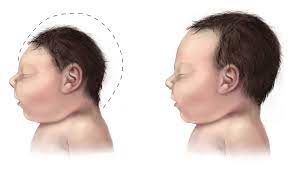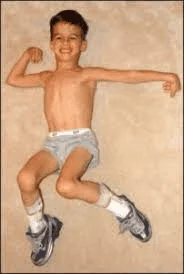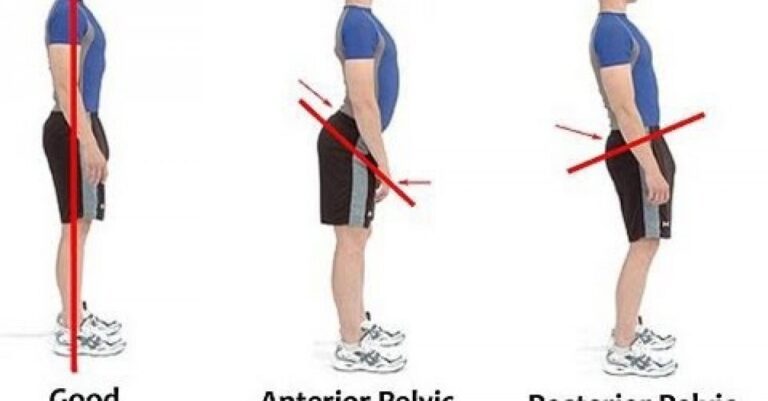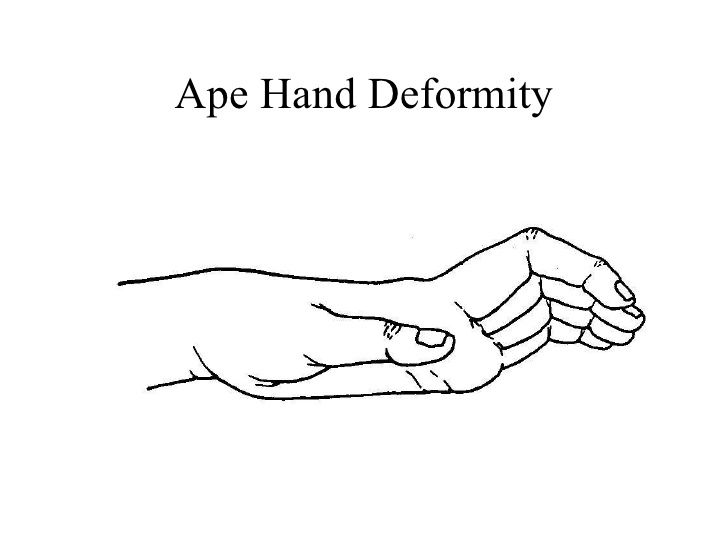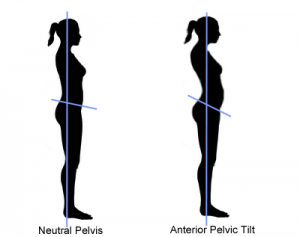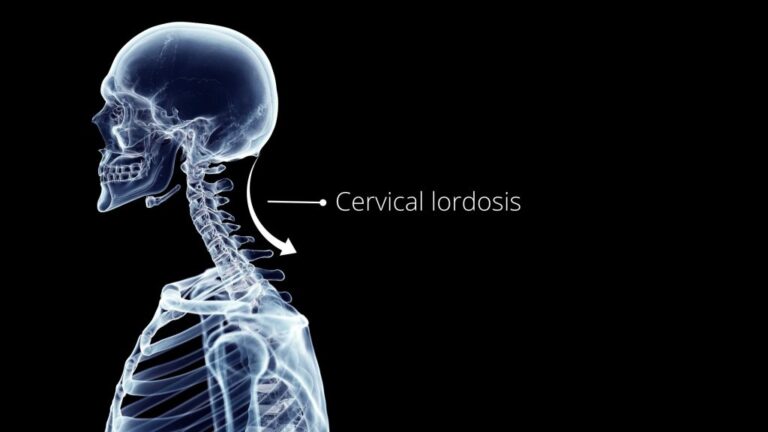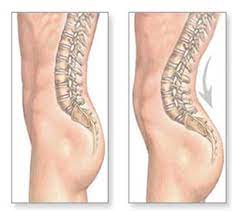Microcephaly
What is the condition of microcephaly? What is the condition of severe microcephaly? Other Problems Microcephaly has been linked with the following problems: How Many Babies Are Born with the condition of Microcephaly? What are the Symptoms of the condition of microcephaly? Aside from a noticeably smaller head, the following are the most usual symptoms…

